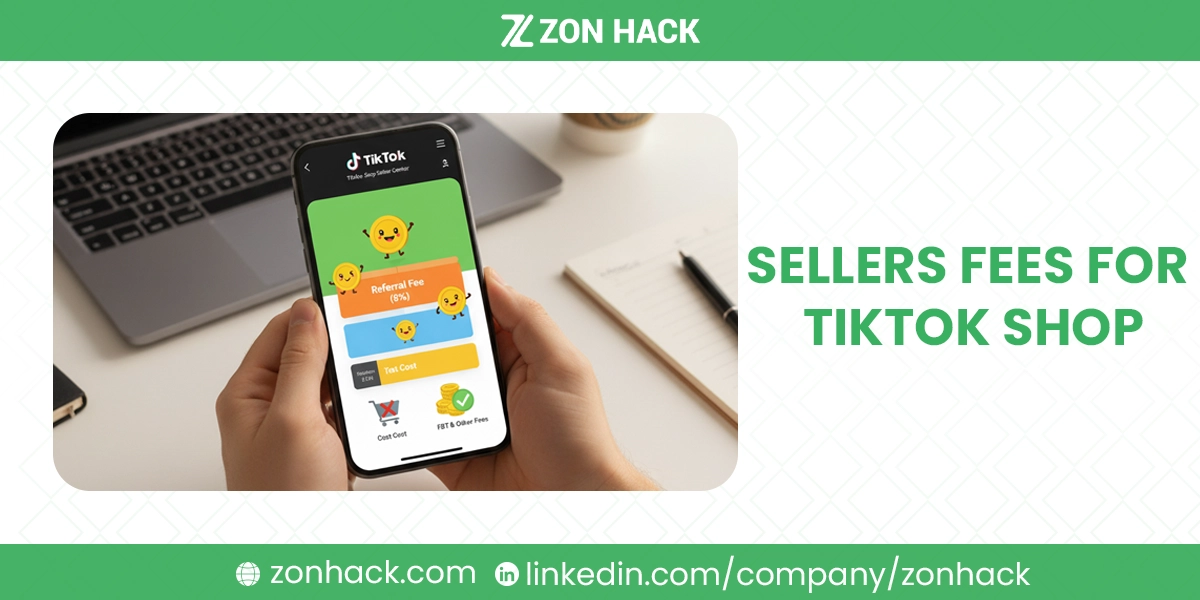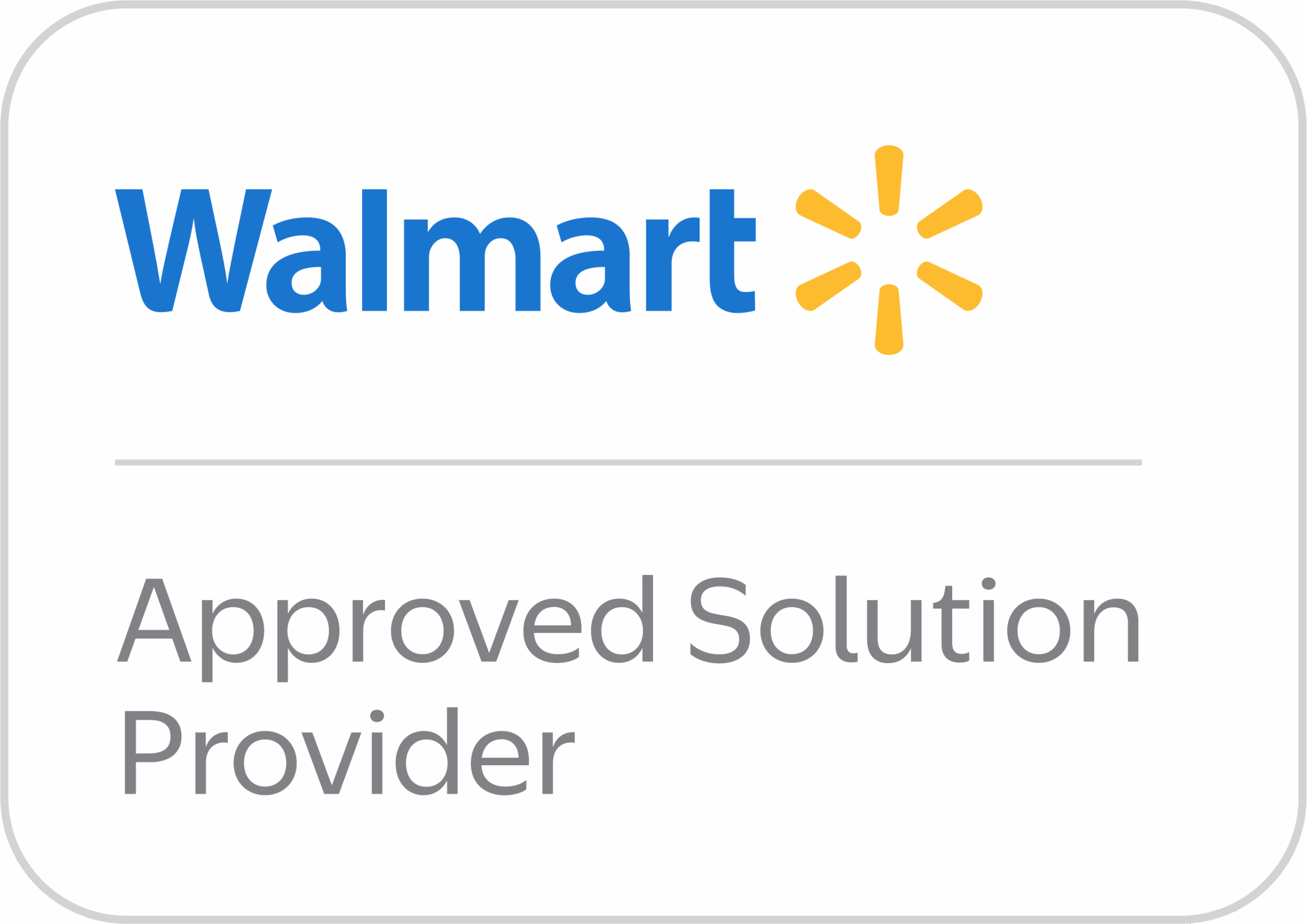TikTok isn’t just for dance trends and funny skits anymore—it’s also a fast-growing marketplace where sellers can reach millions of shoppers. But before you get too excited about stocking your digital shelves, let’s talk about the one thing every seller should know: fees. Yep, just like any other marketplace, TikTok Shop has its costs. These fees are what keep the platform running, but understanding them clearly can help you price smartly, stay profitable, and avoid surprises.
In this guide, I’ll break down the main types of TikTok Shop seller fees, explain how they work, and give you some insider tips to make the most of your selling journey. Let’s get into it.
Referral Fee (Platform Commission)
This is the big one, the main service charge that TikTok Shop collects for facilitating a sale on their platform. You can think of it as their commission for putting your product in front of millions of scrolling eyes.
It’s the biggest chunk you’ll see deducted from your sales, so pay close attention to this number. It’s often called a “Referral Fee” in the US, but it acts like the “Platform Commission Fee” you might see elsewhere.
How is the Referral Fee Calculated?
The fee isn’t just a simple percentage of the item price. TikTok Shop calculates it based on the total order value, which usually includes the customer’s payment plus any platform-funded discounts, but excludes sales tax and shipping fees. Basically, they take a percentage of the actual money that flowed through the platform for the product itself.
The formula generally looks something like this: Referral Fee = Referral Fee Rate % × (Customer Payment + Platform Discount – Tax).
What’s the Standard Rate?
When TikTok Shop first launched in the US, they offered super-low promotional rates to attract sellers—sometimes as low as 2% plus a small flat fee. Ah, the good old days! However, as the platform has grown into a serious e-commerce competitor, these rates have been adjusted to be more in line with the rest of the industry.
For most product categories in the US, the standard referral fee has already increased, moving from the initial low rate up to around 6%. But here is the critical part: they have announced plans for it to increase again, reportedly moving toward an 8% referral fee for most categories. The exact timing can change, so you should always check the latest policy in your Seller Center, but the trend is clearly upward.
Category-Specific Rates
Keep in mind that the rate is not one-size-fits-all. Some categories, especially high-value items like certain electronics or collectibles, might have slightly lower or capped rates for a portion of the sale to make it more appealing to sell them on the platform. On the flip side, some specialized or niche categories might fall into a slightly higher percentage tier. It’s worth a deep dive into TikTok’s fee tables to find the exact rate for your specific products.
New Seller Promotions
If you are just getting started, don’t miss this! TikTok often runs fantastic promotions to welcome new sellers. These are usually limited-time offers designed to help you get your feet wet and build some sales momentum before the higher standard fees kick in.
The typical promotion involves a heavily reduced commission rate—for example, the old 2% plus a small flat fee per order might be offered for your first 30 or 60 days, or up to a certain sales threshold (like $500,000). This is a huge advantage! It gives you a nice window to test products, run your initial campaigns, and maximize your early profit margins. Make sure you fully understand the terms: when the time is up, or you hit the sales cap, you will move to the standard fee structure. Use this early discount wisely!
Other Potential Costs
Beyond the core Referral Fee, there are a few other charges that can sneak up on you if you don’t factor them into your overall cost of doing business. These are often related to specific services or customer actions.
The Transaction Fee
In many marketplaces, a Transaction Fee is a separate line item to cover the cost of processing the customer’s payment, like credit card or bank fees. In some markets, TikTok Shop might bundle this into the main “Referral Fee.” However, in other regions, or depending on how your settlement is processed, you might still see a small percentage (often around 2.5% or a similar rate) taken out to cover these necessary processing costs. Always check your settlement reports to see if this is being charged separately or is included in the larger Referral Fee.
The Refund Administration Fee
We all hope every sale is perfect, but returns and refunds are just a part of selling online. When a customer returns a product, TikTok Shop will refund the original Referral Fee amount back to you, the seller. That sounds fair, right? But wait, there’s a catch.
To cover the internal costs of processing that refund (system changes, bank charges, etc.), TikTok Shop deducts a Refund Administration Fee from the amount they return to you. Typically, this fee is set at 20% of the original Referral Fee you paid. For example, if your original fee was $5.00, they might keep $1.00 as the administration fee and return the remaining $4.00 to you. It’s a small charge, but it’s important to remember that you don’t get the entire original fee back.
Affiliate Commission
One of the most powerful tools on TikTok Shop is the Affiliate Program, where you get popular creators to promote your products in their videos and live streams. When an Affiliate drives a successful sale, they earn a commission. This commission is set by you!
You decide the Affiliate Commission Rate (for example, 10%, 15%, or 20%) you’re willing to pay the creator. This commission is deducted automatically from your payout on top of the standard TikTok Shop Referral Fee. While it lowers your take-home profit, it’s a performance-based marketing expense that can generate huge sales volume, which is often well worth the cost. You only pay when a sale is made!
Fulfillment by TikTok (FBT) Fees
Yes, TikTok even has its own fulfillment service.
Much like Amazon’s FBA, TikTok offers sellers the option to store products in their warehouses. They’ll handle the packing, shipping, and customer service for you.
- Rates: Fees generally range from $3.58 to $5.75 per item, depending on size and weight.
- Storage: TikTok gives you 30 days of free storage, but after that, storage charges kick in.
- Benefit: You save time and hassle, plus TikTok tends to prioritize FBT sellers in their algorithm, giving your products a visibility boost.
For many sellers, FBT is worth considering if you want faster growth and smoother logistics.
The Bottom Line: Calculating Your True Profit
To truly succeed on TikTok Shop, you need to be a profit detective. You must factor in all these costs to make sure your product pricing is correct.
Don’t just look at the commission; look at the whole picture.
Your rough profit calculation should look something like this:
Net Profit=Selling Price−Product Cost−Referral Fee−Transaction Fee−Affiliate Commission (if applicable)−Fulfillment/Shipping Cost
By consistently monitoring the latest fee updates in your Seller Center and using this formula, you can confidently price your items and enjoy the massive customer base that TikTok Shop offers.




